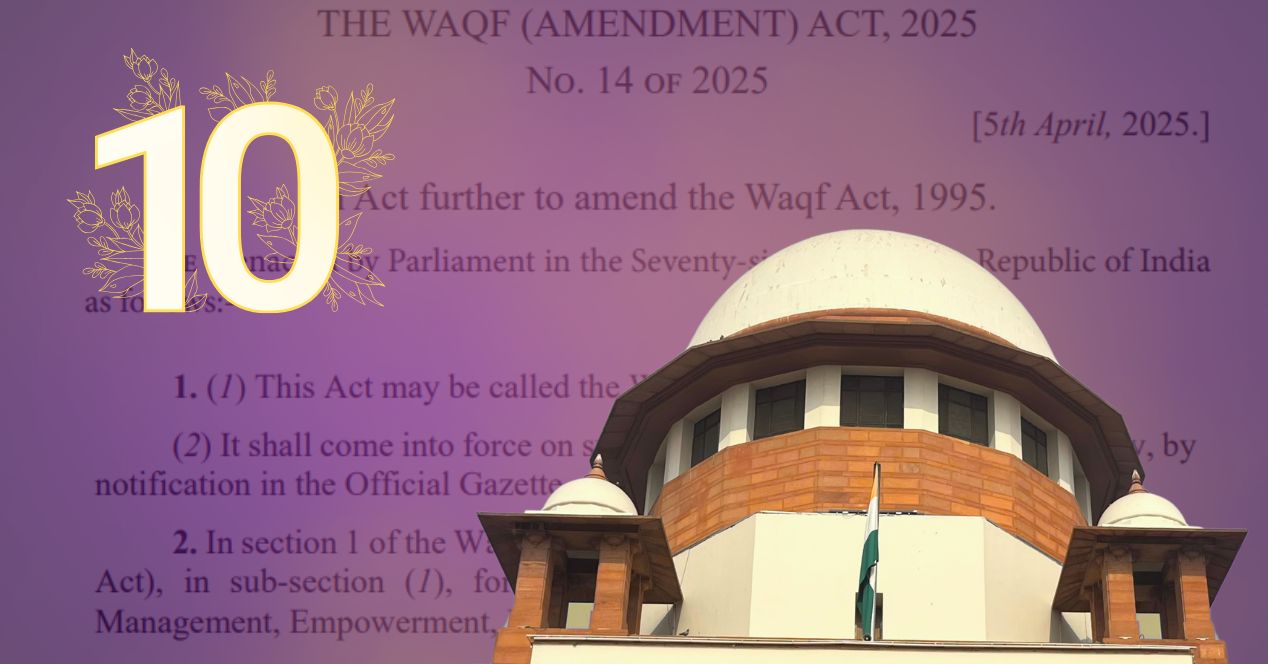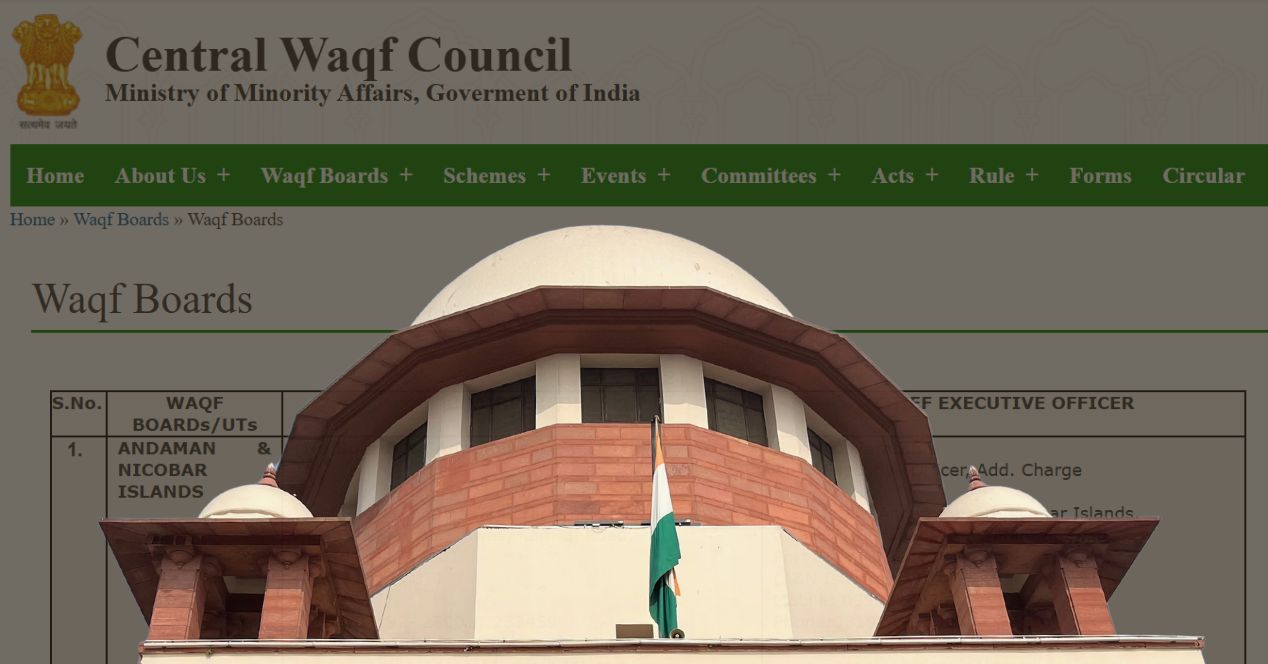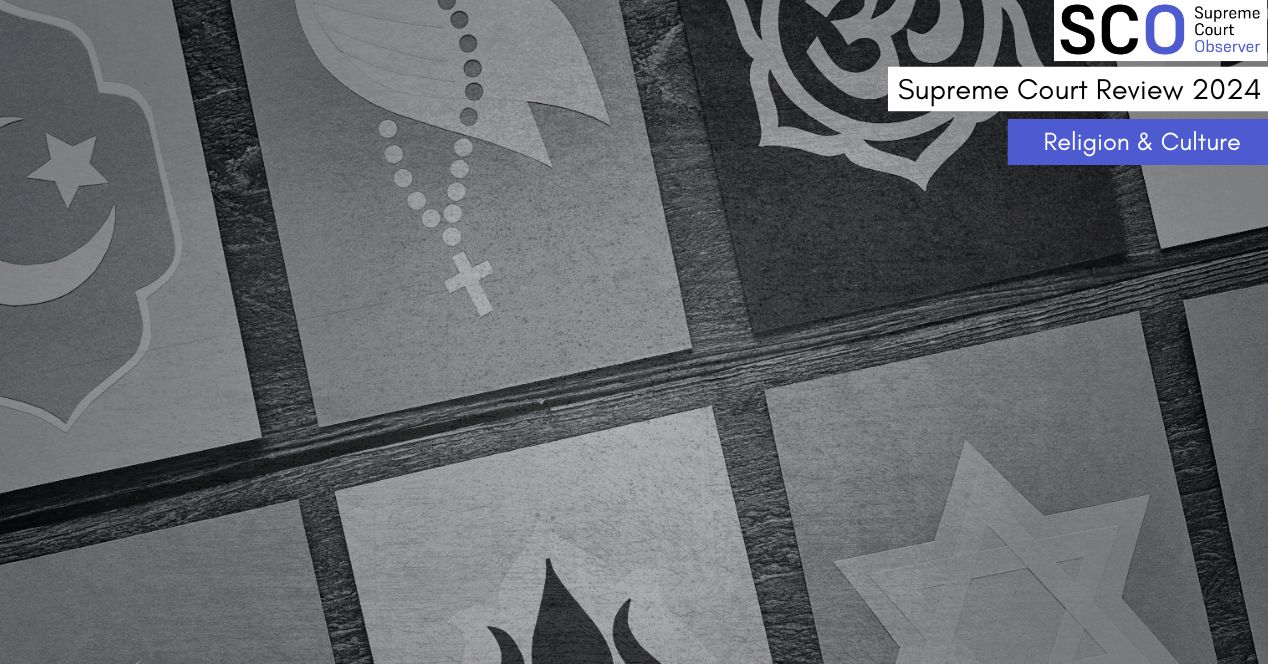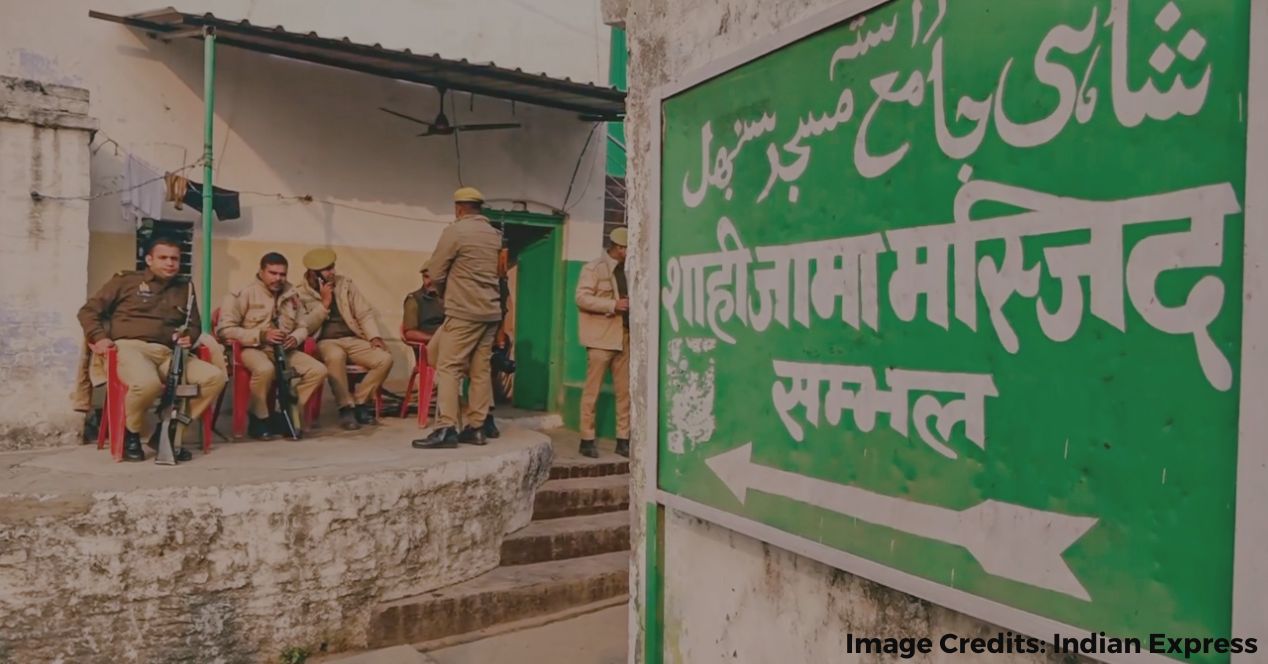Analysis
Changes to waqf law favour heavy tilt towards political and bureaucratic control
While it contains a few welcome elements of reform, the overall scheme of the changes undermines religious autonomy of the Muslim community
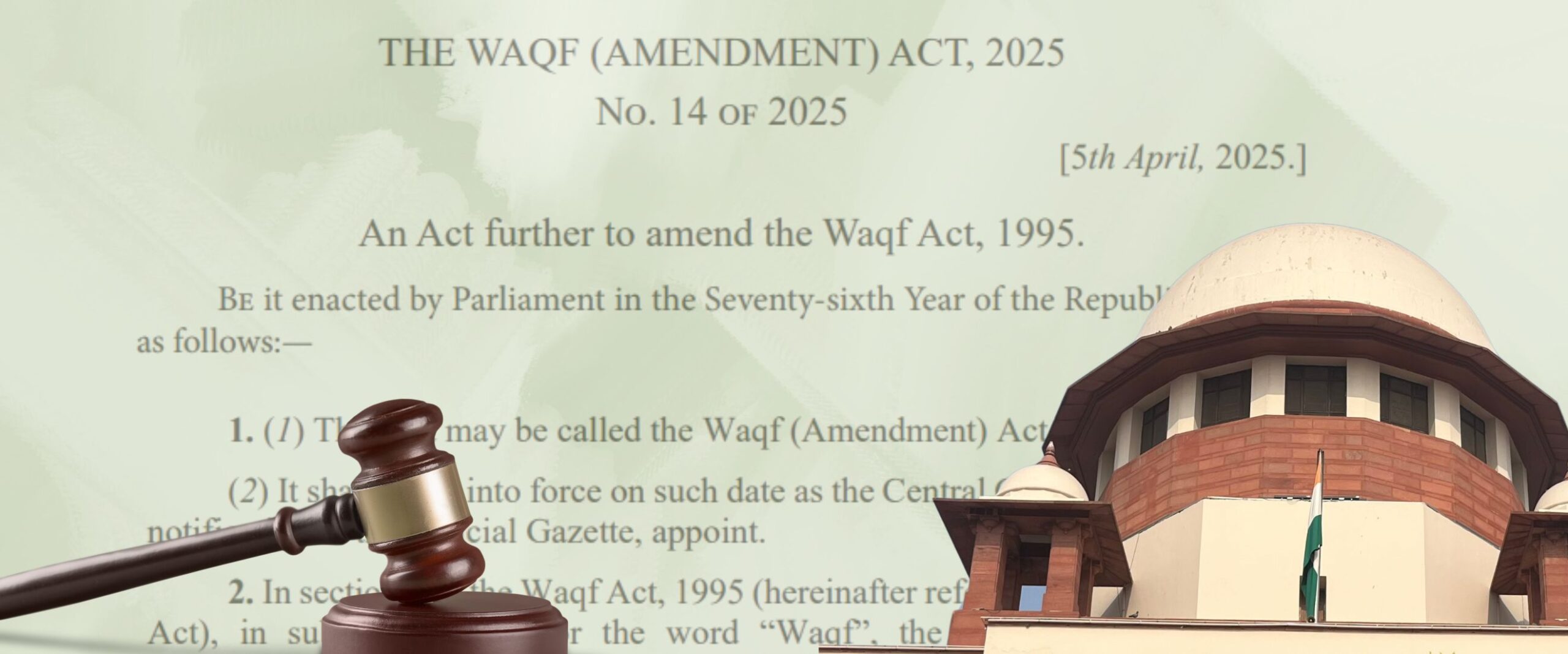
The Waqf Amendment Act, 2025 marks a significant overhaul of waqf governance in India. While it introduces some measures aimed at inclusivity and administrative reform, it also centralises state control and undermines the autonomy of Muslim community institutions.
This article critically examines the legal, administrative and socio-political implications of the Amendment, focusing on its effects on waqf property management and institutional composition. It argues that the Act continues a historical trajectory of bureaucratic control over waqf, with potential long-term consequences for religious freedom and minority rights in India.
The passage of the amendment
On 8 April, the Waqf Amendment Act, 2025, came into effect following the customary presidential assent. The legislation had been passed in both Houses of Parliament after a period marked by intense debate and partisan contention.
Prior to its enactment, the Bill underwent examination by a Joint Parliamentary Committee (JPC), whose proceedings were tense and fraught with controversy. The Committee witnessed repeated confrontations between members of the Treasury Benches and the Opposition, with the latter alleging procedural bias on the part of the Chairman, a member of the ruling Bharatiya Janata Party (BJP).
Ultimately, the JPC adopted only those amendments proposed by the ruling party, dismissing all suggestions advanced by Opposition members. The revised bill was introduced and passed in both Houses by a comfortable majority.
The passage of the Act elicited protests in several places, particularly from the Muslim community. Multiple Muslim organisations, political parties and civil society groups have since petitioned the Supreme Court challenging the constitutionality of the Act. This article focuses on the changes introduced by the Amendment, with emphasis on those provisions currently under judicial review.
Dilution in Muslim representation
A major departure from the previous Act of 1995 concerns the complete removal of elected members from state Waqf Boards. Earlier, two members of the Board were elected by an electoral college comprising Muslim members of Parliament from the state, Muslim members of the state legislature, Muslim members of the state’s Bar Council and mutawallis (caretaker) of waqfs having an annual income of ₹1 lakh and above.
The amended Act transforms the Board into a completely nominated body. This change takes away the last vestiges of democratic structure in waqf governance and increases the susceptibility of the Boards to government interference, weakening their role as custodians of religious endowments.
Equally significant is the amendment allowing for the appointment of non-Muslim members to the Central Waqf Council and state Waqf Boards. Under the new arrangement, 12 of the 22 members of the Central Council (excluding the Union Minister of Minority Affairs) may belong to any religious community. Similarly, only four of the eleven members of a State Waqf Board are required to be Muslims. This substantial dilution of Muslim representation reconfigures the nature of waqf as primarily an economic entity and divorces it from its religious underpinnings.
More power to the bureaucracy
The Amendment also curtails the operational authority of Waqf Boards. Notably, it strips them of the power to inquire into and determine properties as waqf, including the power “to cause” a survey. The power to survey has been reassigned to the District Collector, a state-appointed administrative officer. This shift in authority consolidates State control over waqf properties and diminishes the decision-making power of community-based institutions.
One of the most contentious provisions of the new Act is the empowerment of the Collector to determine whether a waqf property is, in fact, government land. The Collector may conduct an inquiry ‘as per law’ and, until a report is submitted, the property in question is not to be treated as waqf. This makes the government the adjudicator in its own case, and gives wide-ranging powers to the Collector. This presumption in favour of the state during the adjudicatory process raises serious concerns about due process and places religious endowments at risk of encroachment or re-appropriation.
Further, the Act abolishes the long-standing doctrine of ‘waqf by user,’ which previously allowed properties used for religious purposes—such as mosques, imambaras and graveyards—to be recognised as waqf even in the absence of documentary proof. The deletion of this provision threatens a vast number of such properties with legal invisibility. According to an official press release issued by the Ministry of Minority Affairs, 4.02 lakhs out of 8.72 lakh properties are ‘waqf by user’.
Lastly, ostensibly to protect “tribal land and its distinct identity”, a new section (3E) also bars members of Scheduled Tribes from creating a waqf. This provision seems to ignore that members of tribes could be followers and adherents of Islam. It impinges on their right to practise their religion freely.
Welcome changes for inclusivity
All this is not to say that the Amendment does not incorporate any welcome elements for reform. It provides for the establishment of separate Waqf Boards for the Bohra and Aga Khan communities, acknowledging their distinct theological orientations. It enables these communities to manage endowments in accordance with their doctrinal frameworks.
In addition, the mandatory inclusion of women in Board governance introduces a degree of gender parity, challenging the traditionally male-dominated administrative structure. The inclusion of members from socially and educationally disadvantaged Muslim communities also marks a step toward broader representation and inclusivity.
Further, the Act introduces a safeguard concerning ‘waqf-al-aulad’, a familial waqf where ownership is vested in God, but income benefits are extended to descendants. Historically, this mechanism has been employed to consolidate wealth and, at times, to deny women their rightful inheritance. The new provision mandates that the conversion of any property into ‘waqf-al-aulad’ must not result in the dispossession of women or other lawful heirs, thereby offering a measure of protection to family members who have been historically marginalised.
Feeding into broader anxieties
Overall, however, the amendments to the waqf governance framework enhance State control while diminishing community-led oversight. The erosion of Waqf Boards’ powers, the marginalisation of community representation, the increased role of bureaucratic actors and the elimination of legal protections such as ‘waqf by user’ have sparked grave concerns in the Muslim community.
These concerns pertain not only to the institutional integrity of waqf but also to broader anxieties regarding religious freedom, social justice and communal coexistence. The legal issues will likely be determined in the ongoing review in the Supreme Court, but in the meantime, it’s important that conversation about the Act’s long-term implications on minority rights and secular governance remains in the national discourse.
Rutba Peerzada teaches Political Science at the University of Kashmir.
Muhammad Mutahhar Amin works at the Shaikh-ul-Aalam Centre for Multidisciplinary Studies, University of Kashmir.

